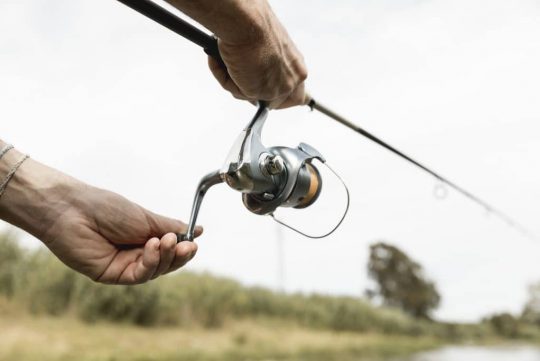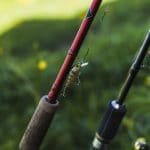
How to Choose a Fishing Rod Material

Length

Power

Action

Handle
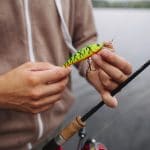
Weight

Reel seat

Guides
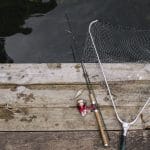
Ferrules

Types of rods
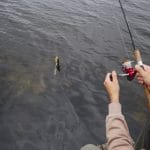
Sensitivity
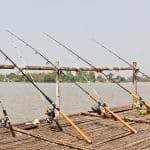
Types of pole

Cost

Popular brands
How to Choose a Fishing Rod Material
Fishing rods are commonly constructed with fiberglass or graphite; each has its unique properties and uses. A rods material can affect the price and is, therefore, a big point to consider when buying a new rod.
However, the most significant impacting factor on material choice will be the type of fishing you are planning to do with it.
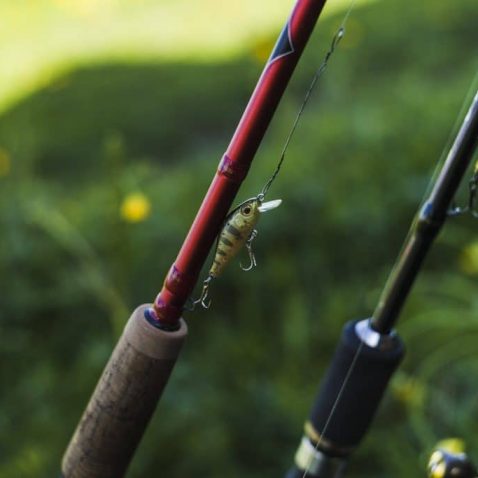
Graphite
Introduced to the industry during the 1970s by Fenwick, graphite has become the most common material in the construction of Bass rods. A massive spike in popularity is down to the material property of graphite, displaying both high tensile strength and stiffness; sometimes known as the modulus.
But don’t be fooled by brands offering graphite rods as ‘high modulus’ this simply means that the rod is very stiff, but without the strength to back it up the rod becomes brittle and easily shatters under pressure.
The steps needed to create both high strength and stiffness/modulus in a graphite rod require extreme heat and can be expensive to manufacture. For this reason, high-end graphite rods can be a real budget stretcher.
Modulus
As above, the modulus is how we measure the stiffness of the graphite and has nothing to do with the material used or the number of fibers in the material. Buying a rod thinking that high modulus is what you need, isn’t necessarily the best way of thinking.
A high modulus or very stiff, rod is not ideal for cranking or light line fishing. Because of this, the modulus is just a small part of the puzzle to contemplate when buying a new rod.
Fiberglass
In use since the 1950s, fiberglass has been a staple of rod production ever since. Plenty of fishermen will choose a fiberglass rod when launching crankbaits, or situations when medium to slow action is needed.
Composite
If you fish a variety of different situations regularly, I would advise a composite rod. Composite rods are made from both graphite and fiberglass materials and potentially others.
When constructed like this, it is possible to get a rod that is the best of both; this can be quite the money saver for anglers on a budget.
If you have a penchant for fly fishing, and budget isn’t an issue bamboo constructed fly fishing rods may be for you. Known as ‘split cane’ across the UK these rods were most popular during the late 1800s until the introduction of fiberglass rods in the 1950s.
While not as popular as they once were, many anglers still opt to use bamboo rods regularly. Debate still rages in the fishing community about whether they are genuinely superior to modern fiberglass and graphite alternatives or not.
Length
Rod Length is measured from the rod tip to the butt of the handle and has a significant impact on casting ability. Smaller rods will cast shorter distances, the same is true for longer rods casting more considerable distances.
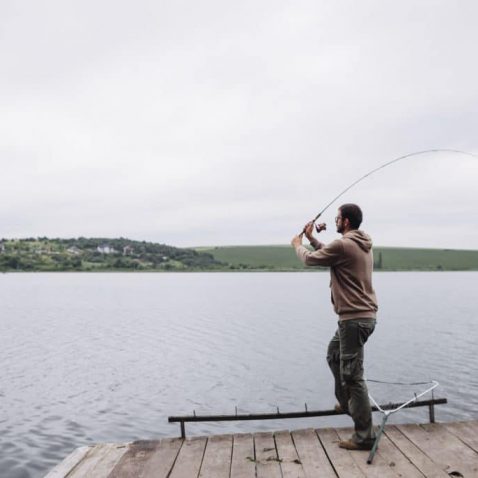
Both have advantages and disadvantages depending on the situation; shorter rods will have less flex, which is one in the pro column when fighting stronger species of fish. Longer rods, however, provide a much greater cast distance, which is perfect for deeper open water fishing.
Rod length can vary from six to twelve feet when choosing rod length; the primary focus will be on the type of fishing you intend to use the rod for. Fishing without a boat or from shore will demand a different kind of rod. Rods of roughly seven feet long are great for new anglers, having a balanced level of accuracy and casting distance.
